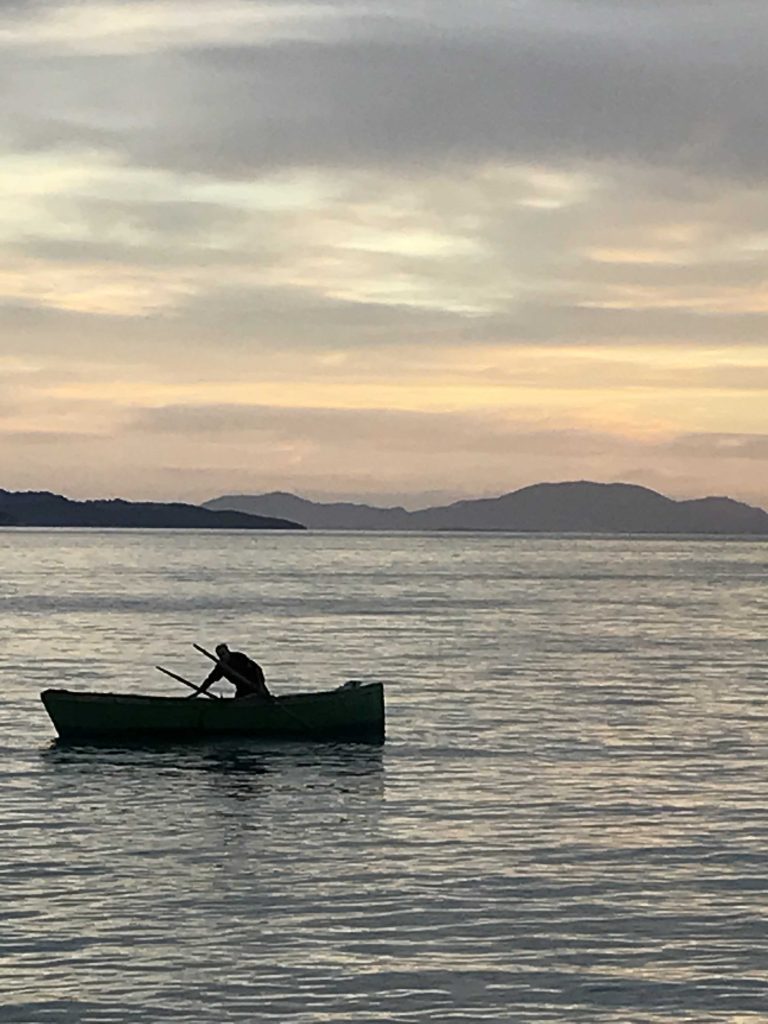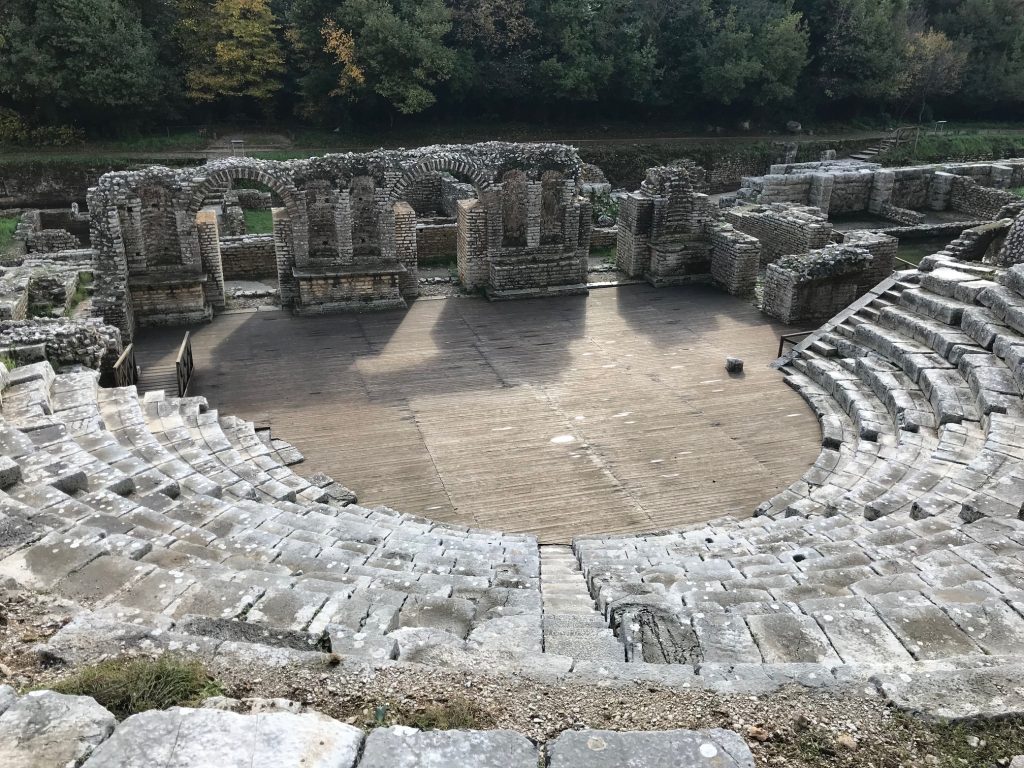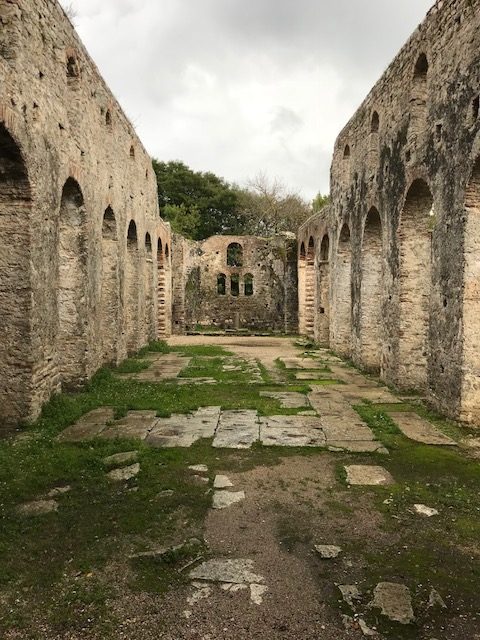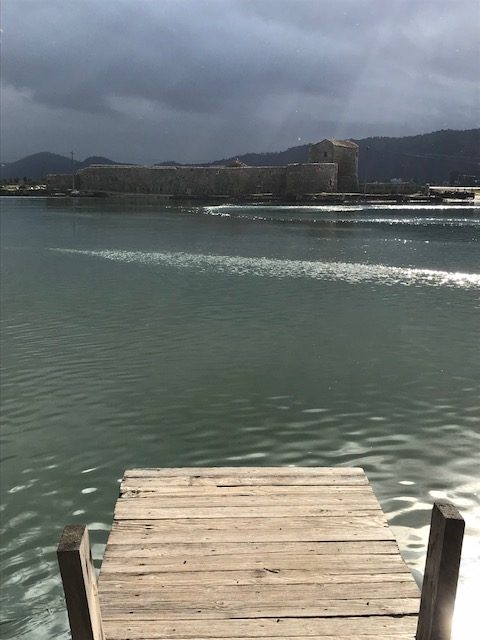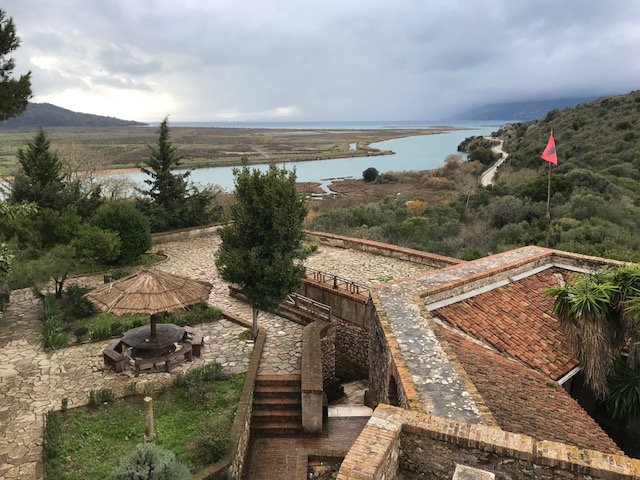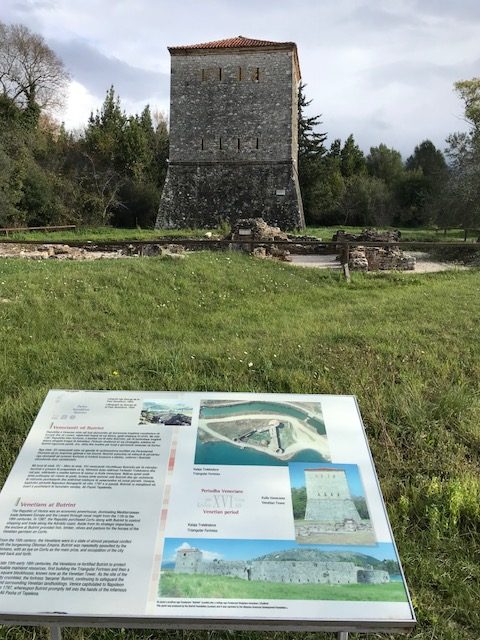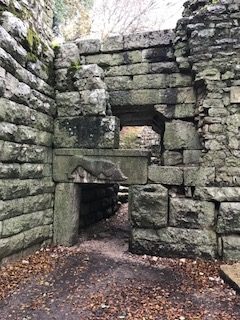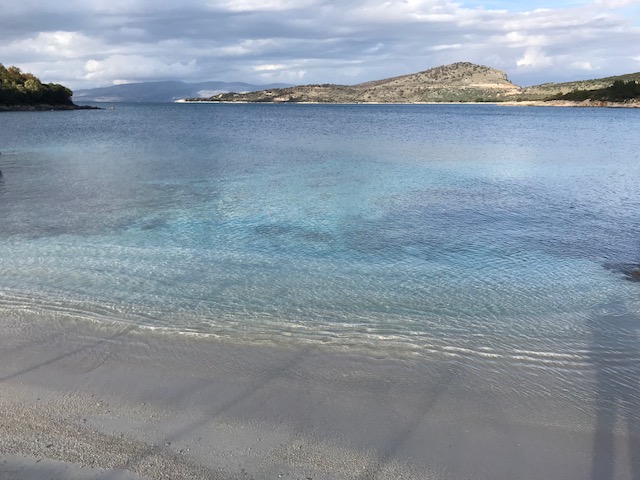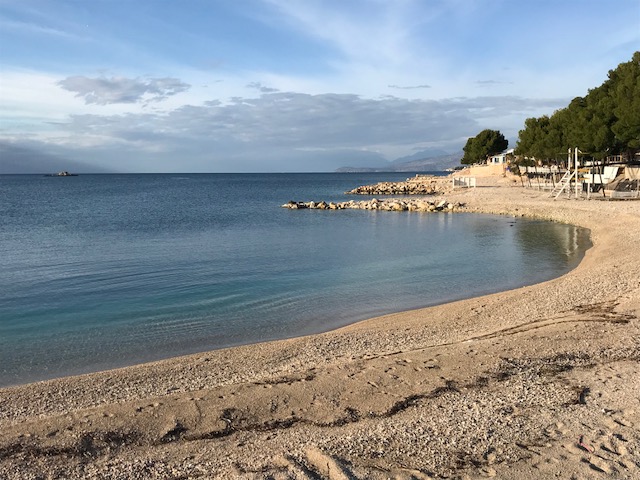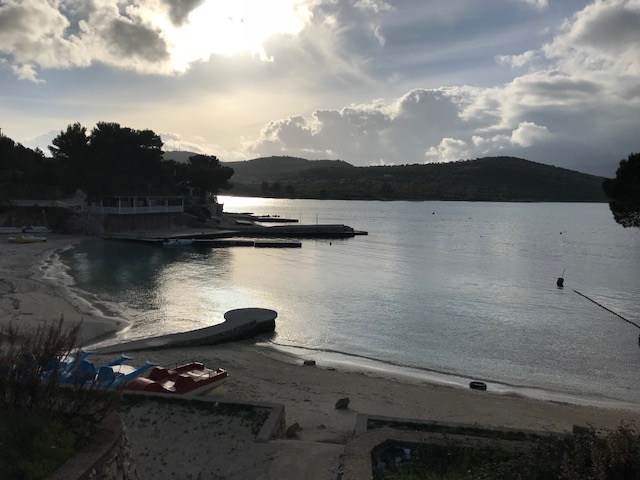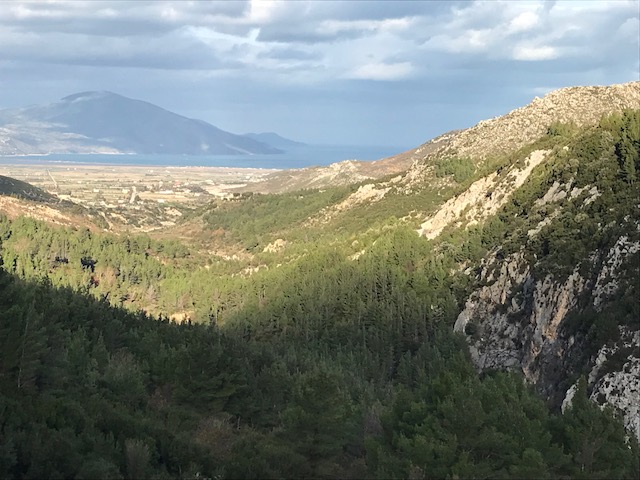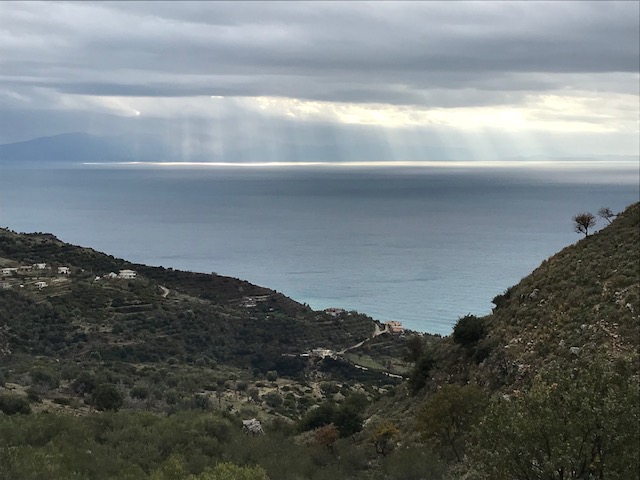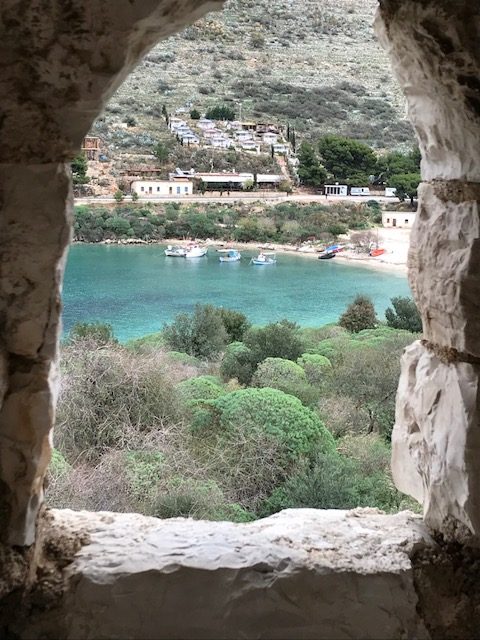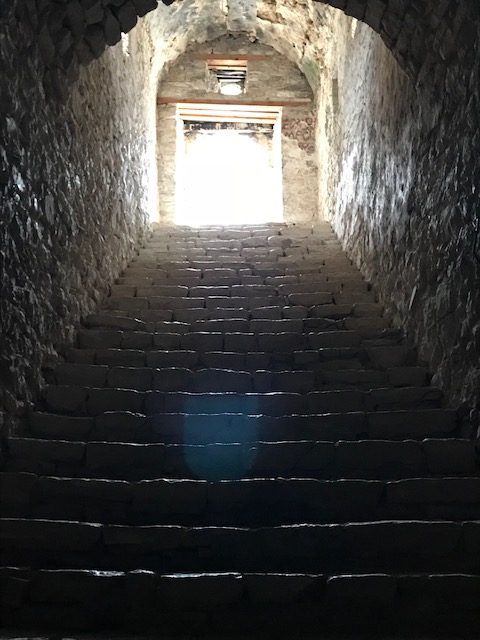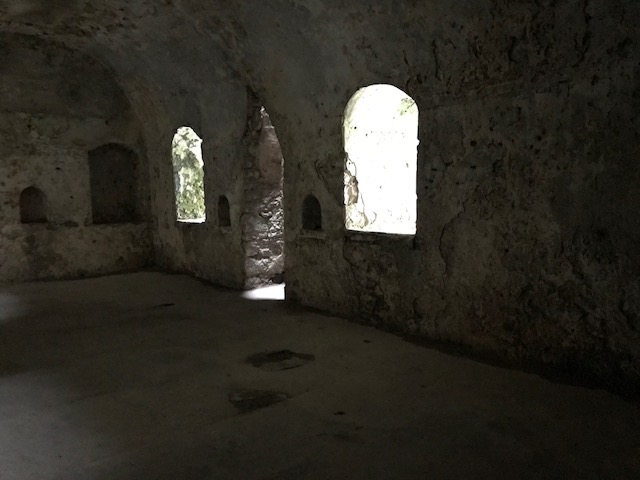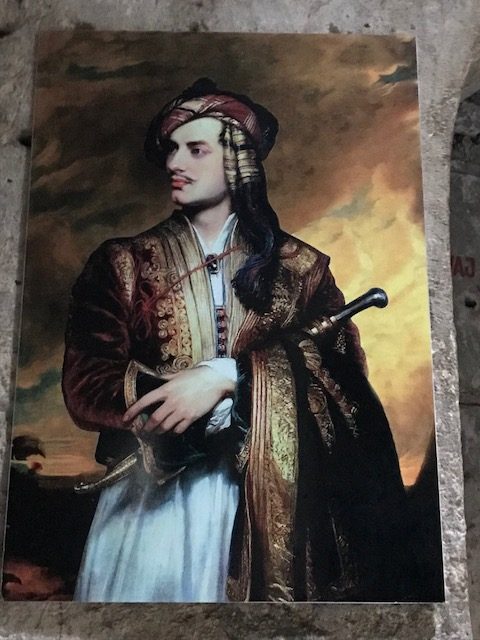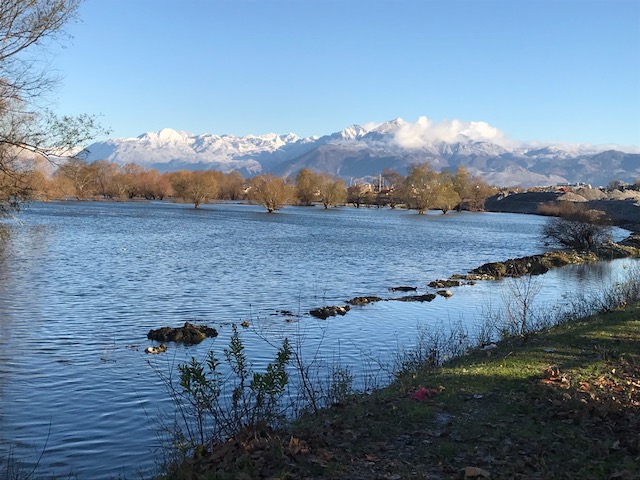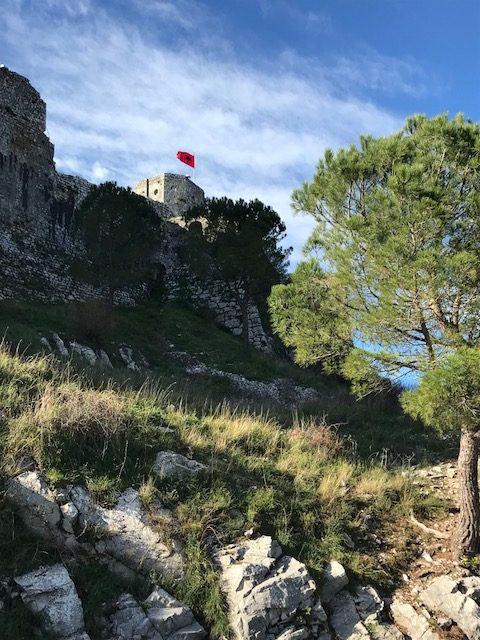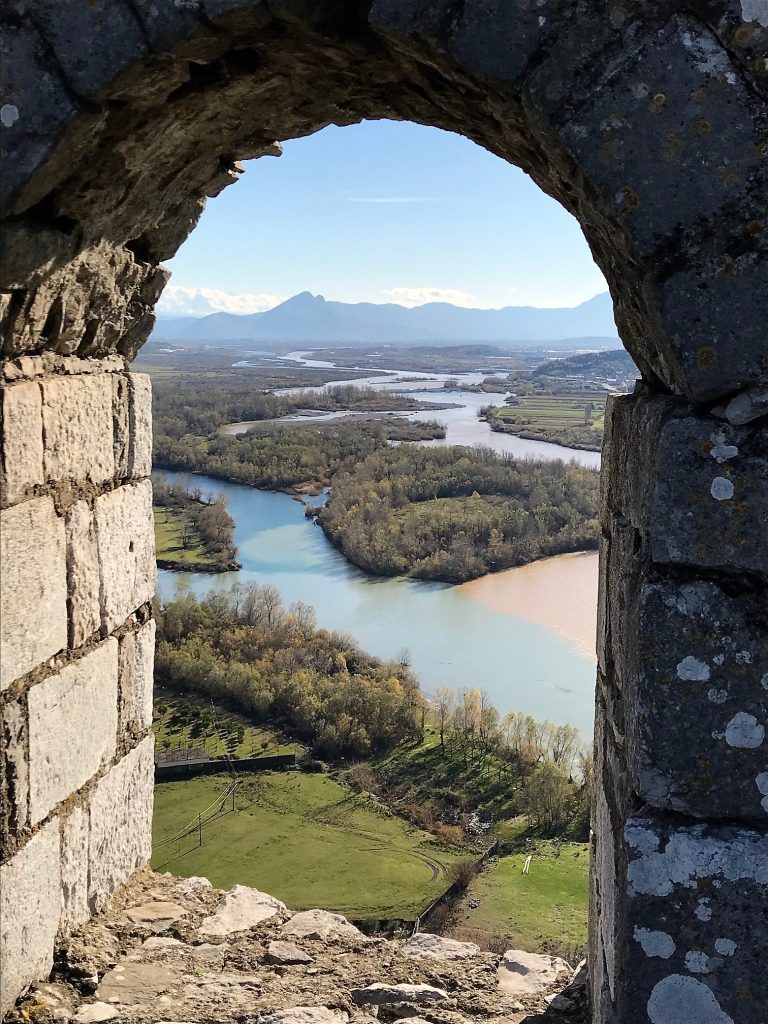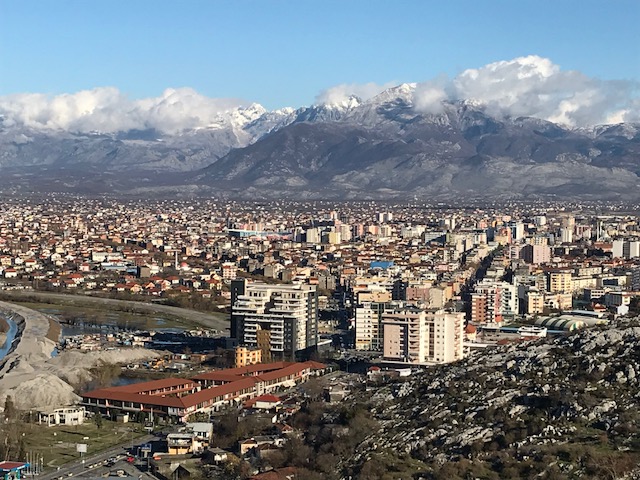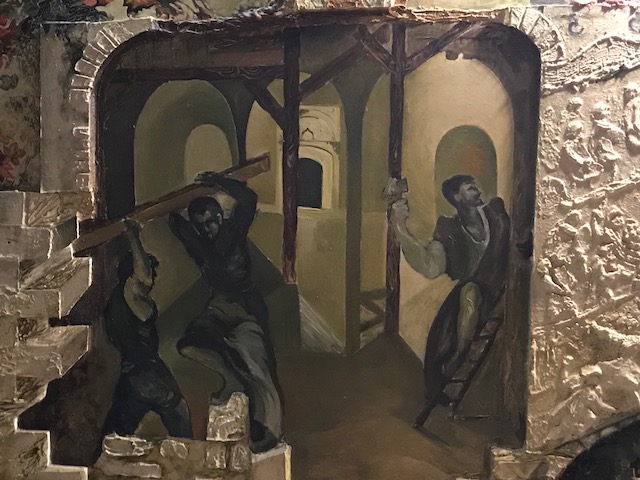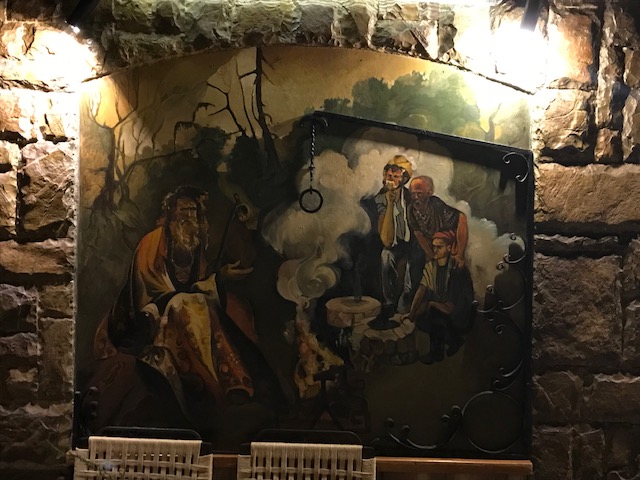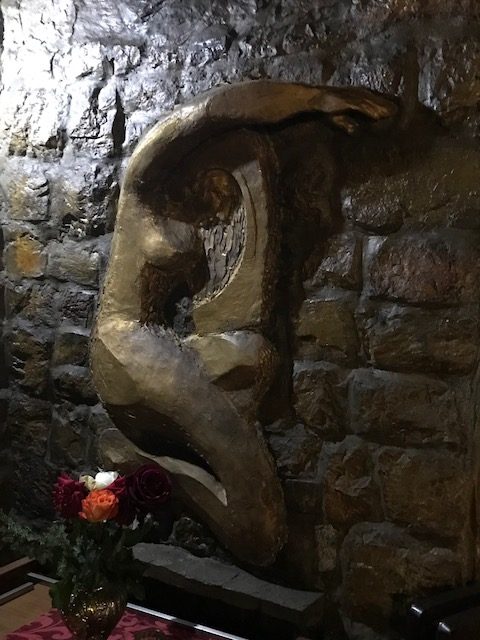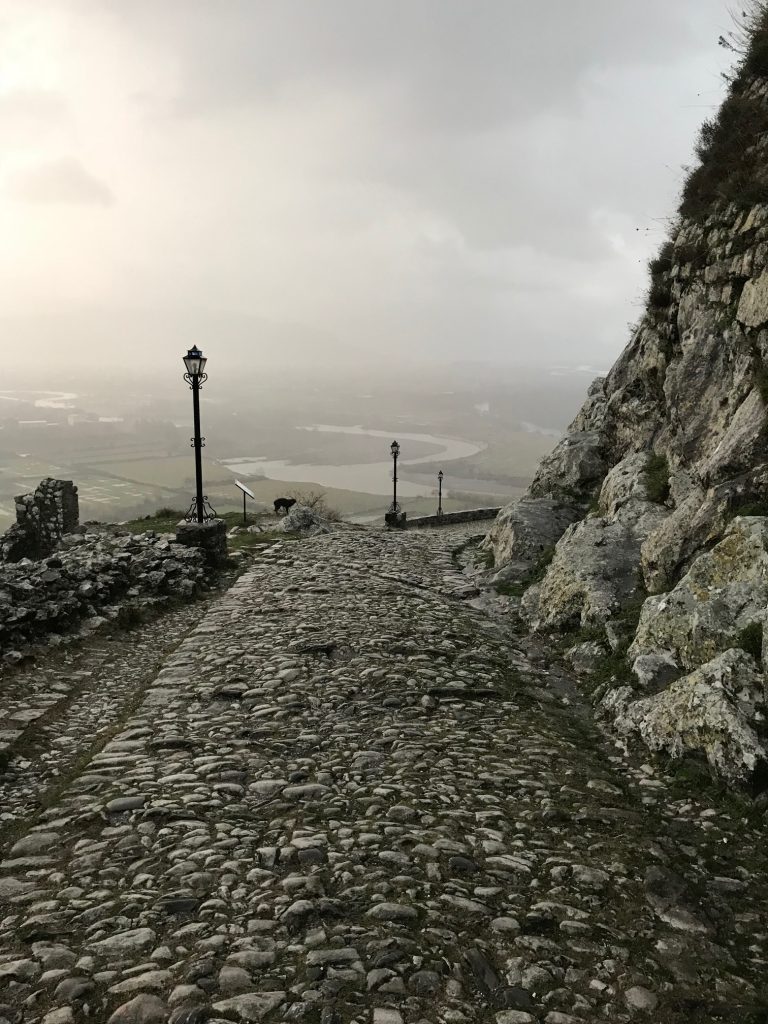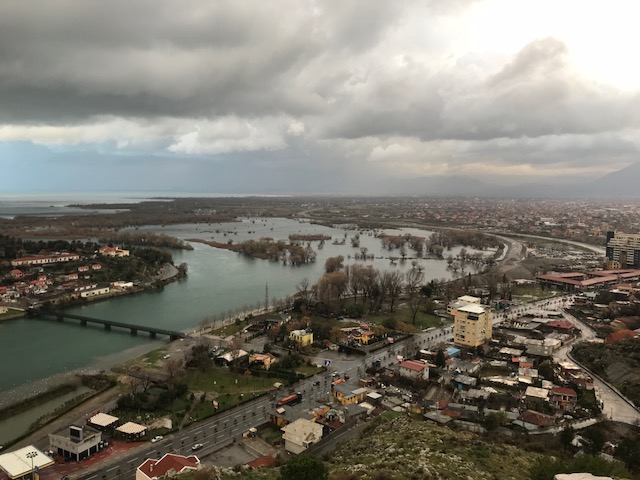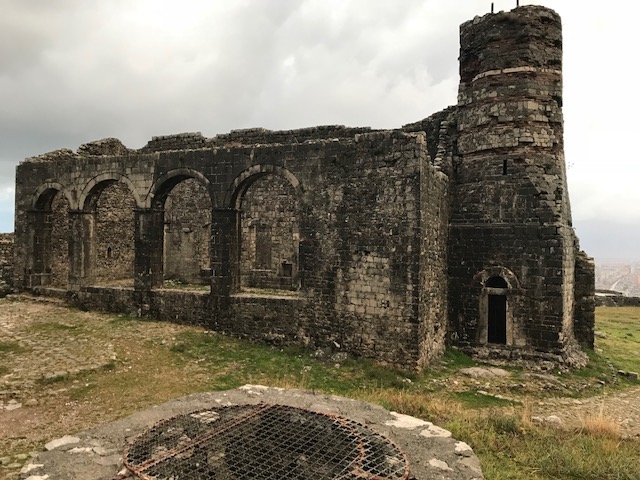Waved cheerio to Mairin & Todd but, otherwise, I did very little yesterday. It was a total “chill” day. I simply drank some wine and watched the first four episodes of the latest Peaky Blinders series on the BBC catch-up facility.
Actually, it hasn’t been all that different today with my only priorities being a short drive across the border into Greece and to put my watch forward another hour.
I have really enjoyed Albania. Yes, the roads and the standard of driving are about as bad as they could be and; there is a marked shortage of the luxury items I currently crave (after almost 2 months on the road) and; there is a really serious rubbish problem (the place makes Canterbury look spotlessly clean) but, without a doubt, I have not come across a more friendly and welcoming people anywhere in Europe – so many total strangers have gone out of their way to offer help or advice or simply ask how I am finding Albania and if I am enjoying my stay. Lovely place, lovely people.
I would have stayed another couple of days but the weather forecast for the Ksamil area is not good for the next two weeks or so and, while the north of Greece (about 30 miles away) is likely to be very wet for the next two days, it is scheduled to get significantly better in the area just south of Igoumenitsa. It is amazing how the weather can vary so much over such a short distance; it’ll be the mountains I suppose.
By Albanian standards the roads weren’t too bad coming over the border to Greece today but there was monsoon style rain for parts of the journey. At times the windscreen wipers on the Van couldn’t cope and I had to pull in. I’m currently parked up just outside Igoumenitsa; it’s raining cats and dogs and I am not going any further. There’s an open bottle of Bailey’s in the fridge and the freezer is half full of ice. Job done!

The main road to Greece – Been on worse since arriving in Albania
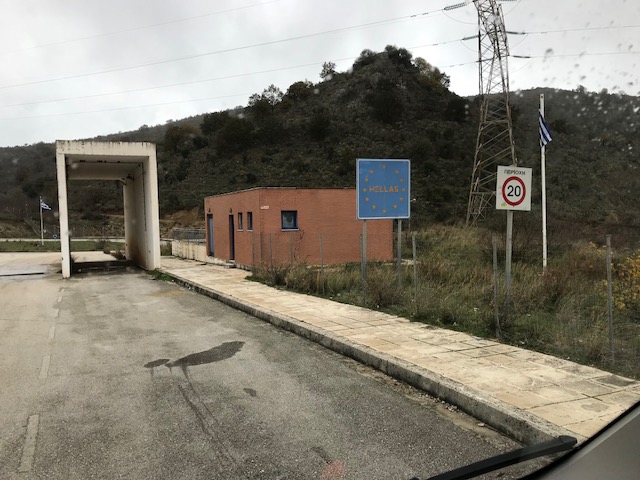
The Greek side of the border

Do I stay with Igoumenitsa and the coast road to Syvota (which has long been on my list of places to visit) or make a short detour to Ioannina (and take in the road to Papingo which I also fancy)? I suppose I could stay in the region a little longer and do both

The road to Papingo



